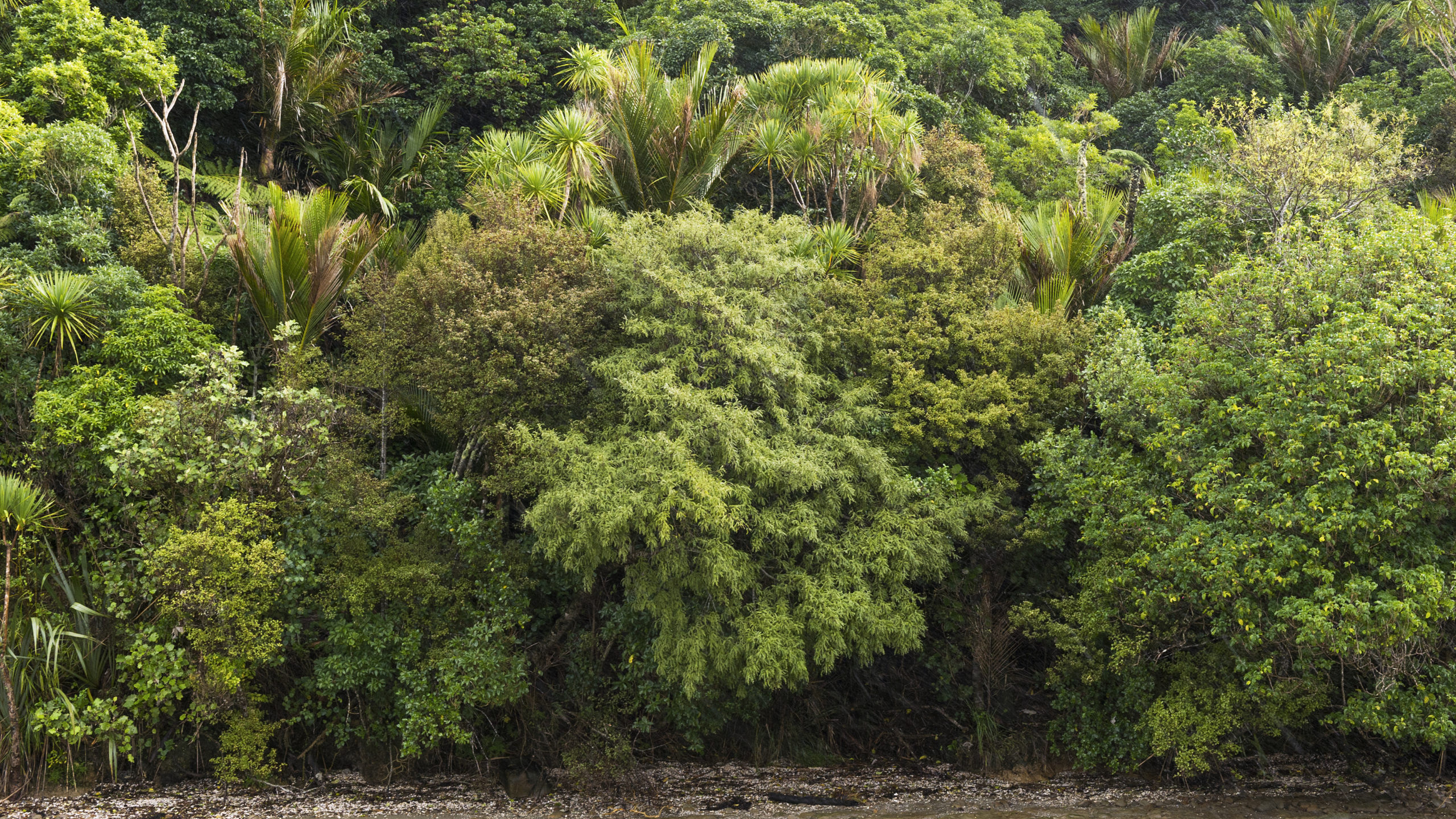Restore Hibiscus & Bays is a community-led initiative that aims to bring together, support and grow the network of bush groups, projects, neighbourhoods, individuals, schools, businesses and other organisations working to eradicate pests, restore native habitats and improve water quality across the Hibiscus & Bays Local Board area.
We follow Te Ao Māori principles to foster guardianship, care and respect for our local environment in order to restore it back to health.
Our mahi is supported by funding grants from the Hibiscus & Bays Local Board and Auckland Council, and we are part of the East Coast Bays Community Project which has charitable status. We welcome and value sponsorship from other organisations, businesses and individuals interested in partnering with a local organisation that works at the heart of our community.
